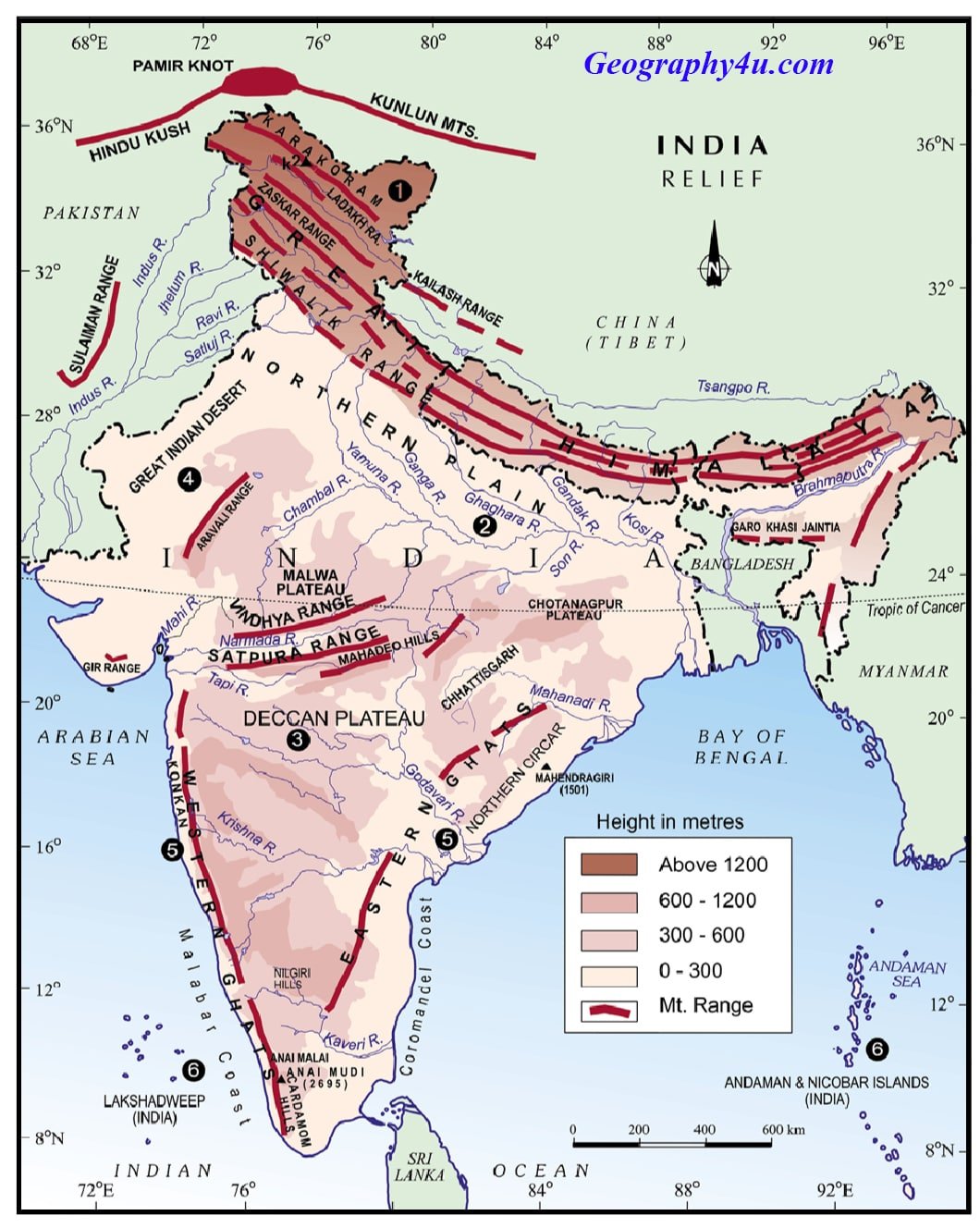
India and its neighbouring countries Geography4u read geography
For the geographical location of these passes, see the following map: Important Passes in India Significance of the Peninsular Region: Rich in mineral resources: The peninsular region of India is rich in both metallic and non-metallic minerals. About 98% of the Gondwana coal deposits of India are found in the peninsular region.
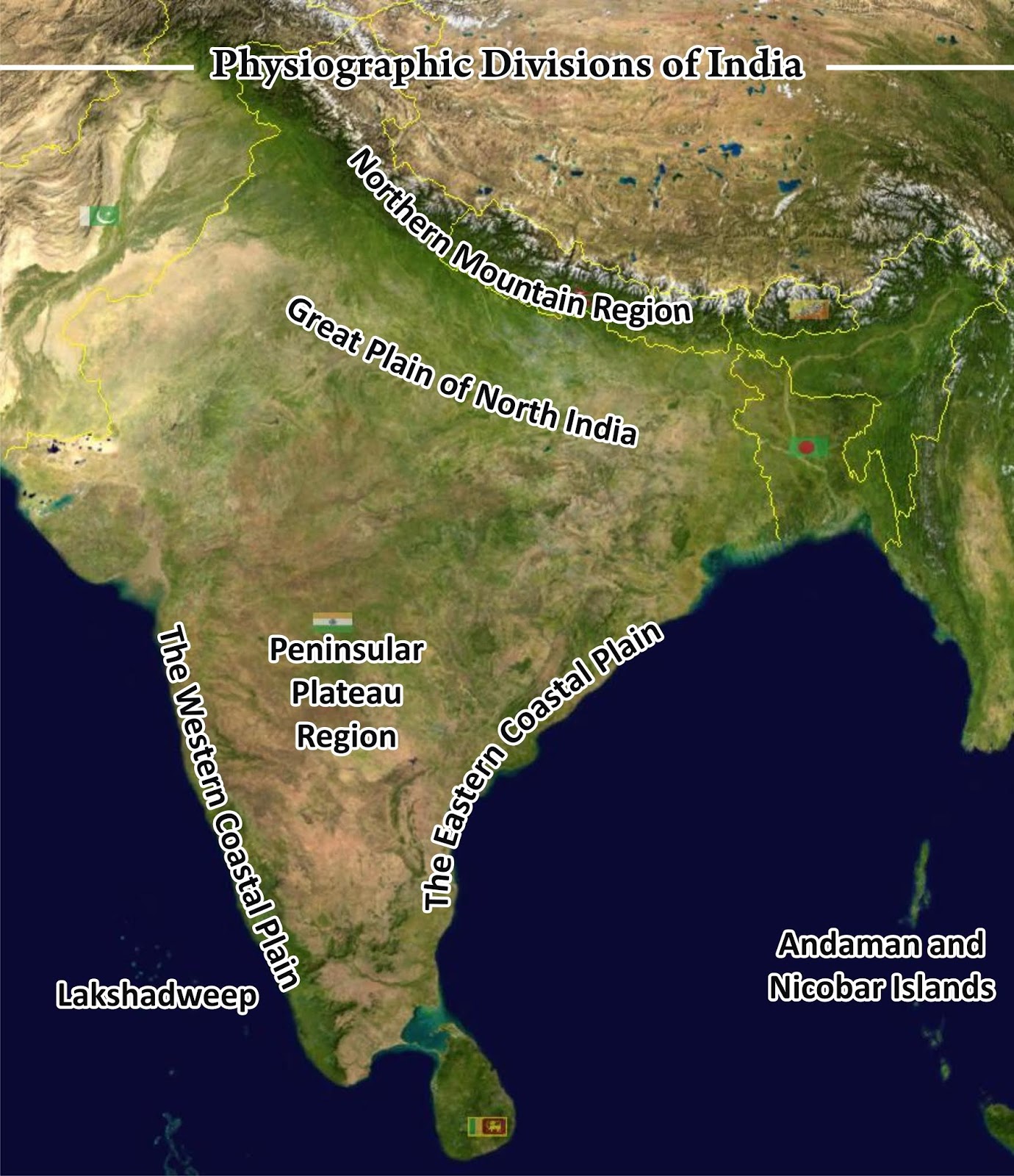
Physiographic Divisions of India An Overview
From south to north, main land of India extends between 8°4'N and 37°6'N latitudes. From west to east, India extends between 68°7'E and 97°25'E longitudes. If we divide the world into eastern and western hemispheres, which hemisphere would India belong to?
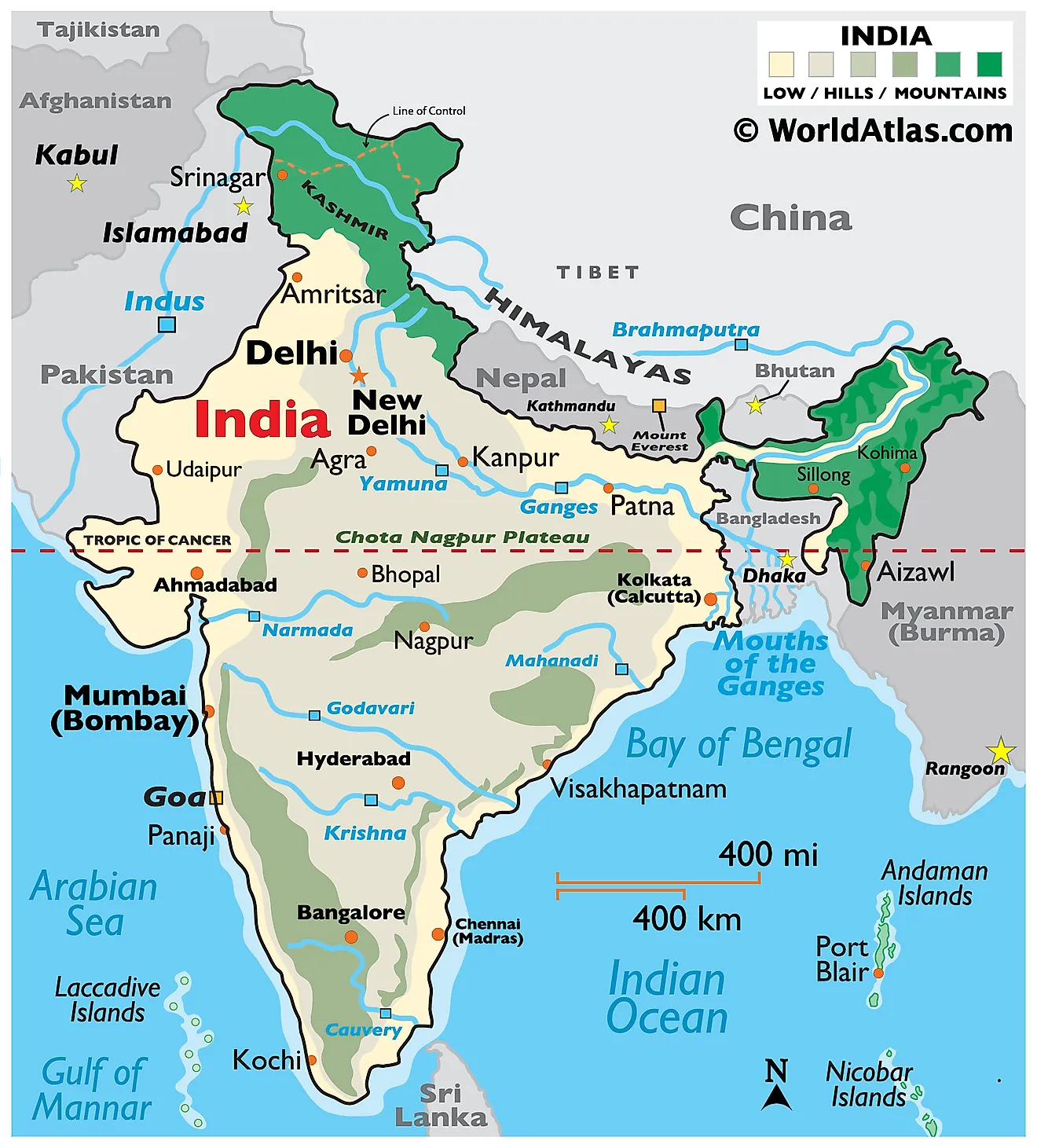
India Maps & Facts World Atlas
Besides the various physiographic features, India is divided into six physiographic divisions: Northern Plain; Peninsular Plateau; Northern and North-eastern Mountain; Coastal Plains; Indian.

Physical Features of India
Physical Divisions of India. Terrain is an area of land which usually has a particular type of physical feature. Like, Mumbai beach is sandy and Shillong is a hilly. India is a vast country with varied land forms and topography. Topography means the features of a place determined by nature. It is the description of various features and.

Physical Features of India Class 9th Notes Leverage Edu
Physical division of India Map India can be divided into following 6 physical divisions: The Northern and North-eastern Mountains The Northern Plain The Peninsular Plateau The Indian Desert The Coastal Plains The Islands. The Northern and Northeastern Mountains The Himalayas and the Northeastern hills come under this region.
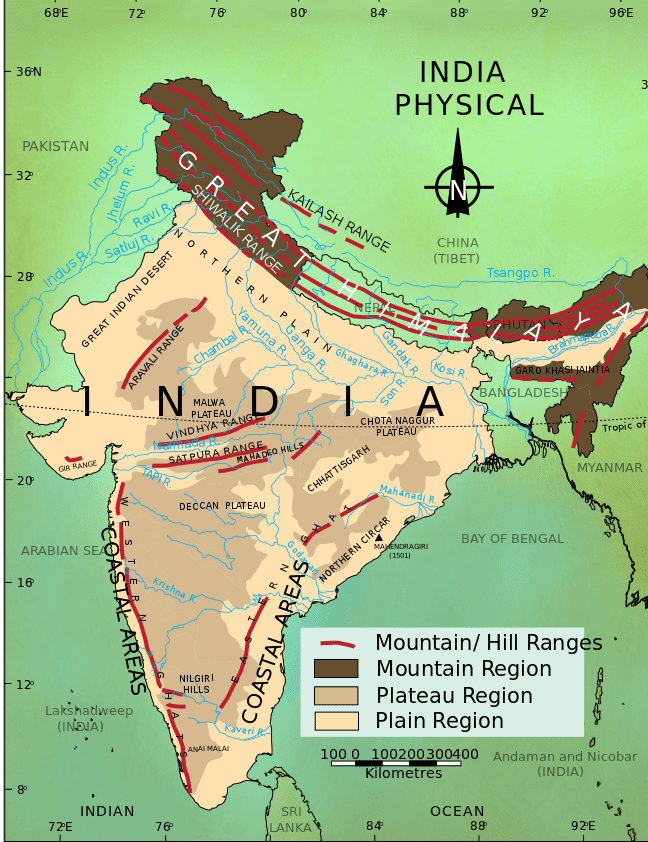
Physical Features of India (Class 9 Geography Chapter 2 Notes)
India our country is located in the northern hemisphere between 8°4'N to 37°6'N latitudes and 68°7'E and 97°25'E longitudes. And, the Tropic of Cancer cuts the landmass halfway through, at 23°30'N latitude. Due to this, the country enjoys a subtropical climate. Learn about the Climate of India in detail here.

India Physical Map IAS Abhiyan Geography lessons, Geography map
A physical map of India shows all the physical divisions of the seventh-largest country in the world. The topographical features of the country are quite varied. These high quality and.
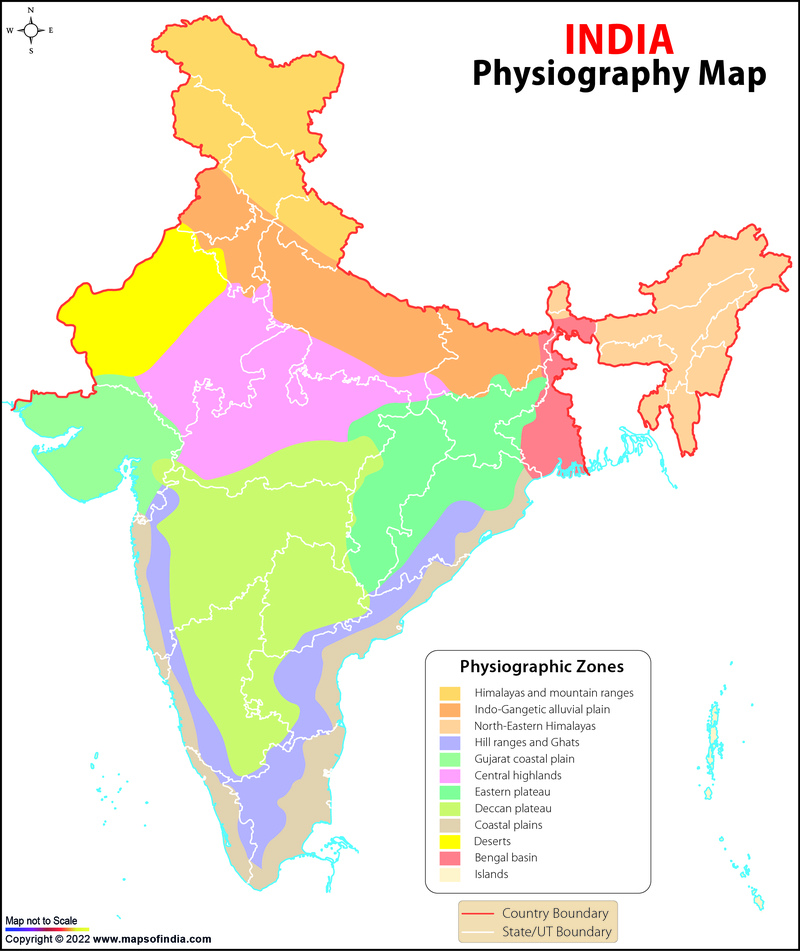
Physiographic Map of India, India Physiographic Map
Coastal Plains. This is the longest among the physical divisions of India. India boasts of its 7516 km of continuous coastline adding more diversity to its topographical map. The eastern coastline is guarded by the Bay of Bengal. The western part is guarded by the Arabian Sea and the southern part faces the Indian Ocean.
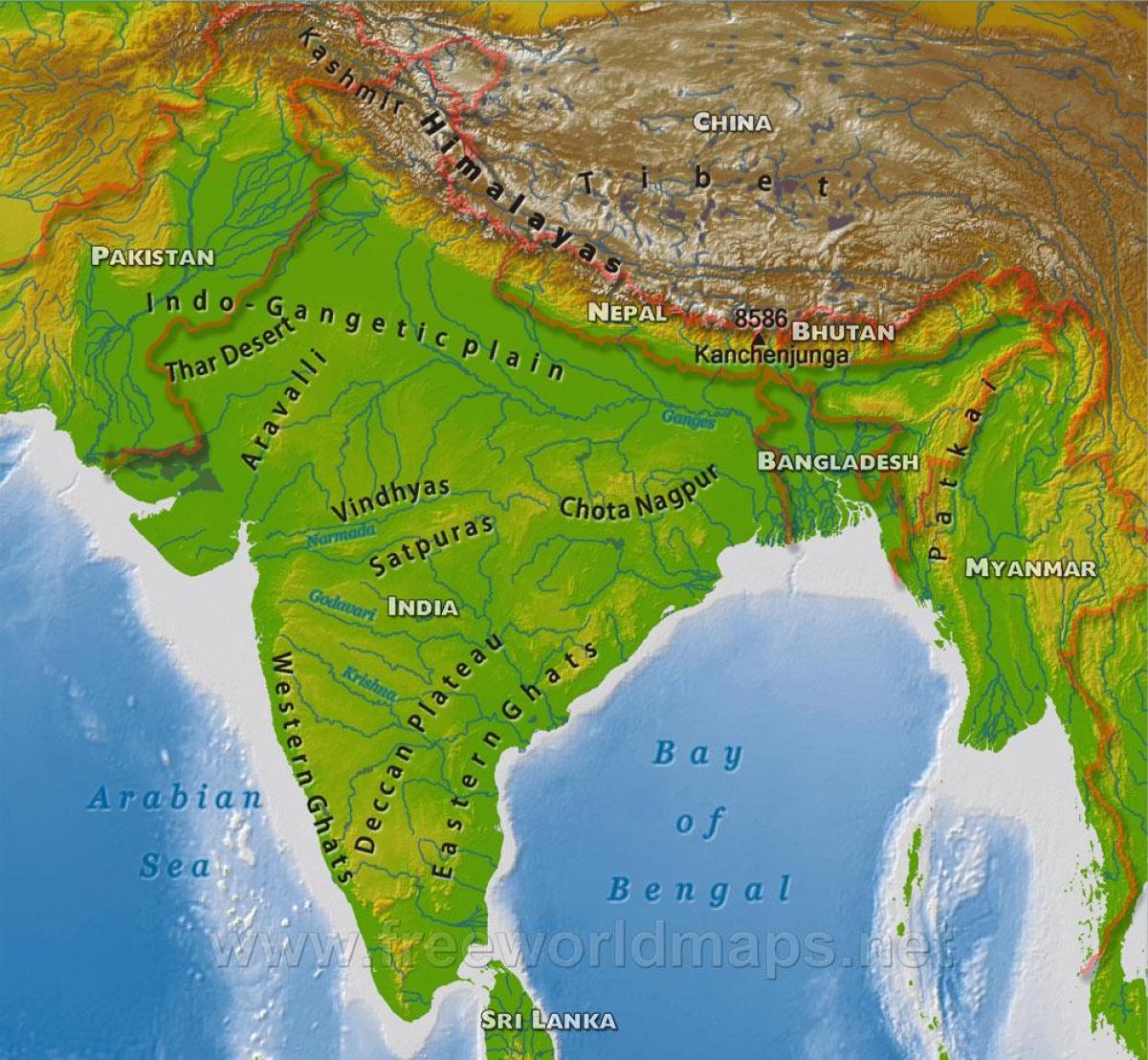
Map of India physical features Map of India with physical features
The physical features of India can be grouped under the following physiographic divisions (Figure 2.2): The Himalayan Mountains The Northern Plains The Peninsular Plateau The Indian Desert The Coastal Plains The Islands The Himalayan Mountains
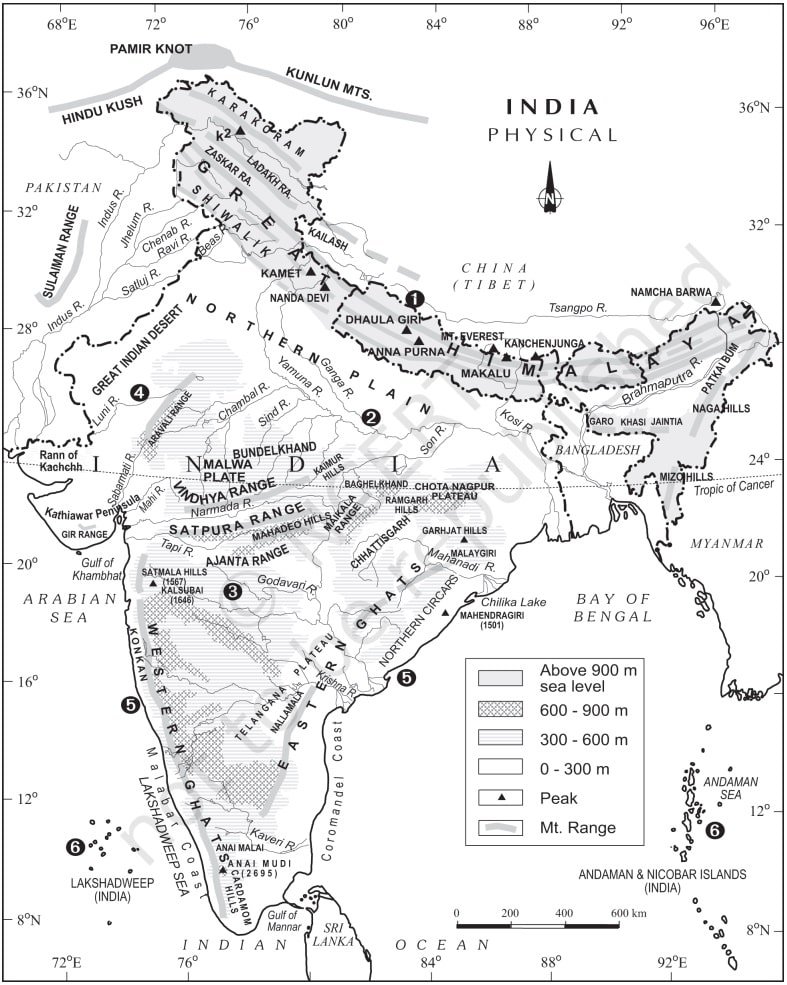
6 Major physical divisions of India IAS Sutra
What are Major Physiographic Divisions of India? India is a physically diverse country. India has six physiographic divisions based on the country's diverse physiographic characteristics: Northern and North-eastern Mountain Northern Plain Peninsular Plateau Indian Desert Coastal Plains Islands Physiographic Divisions of India
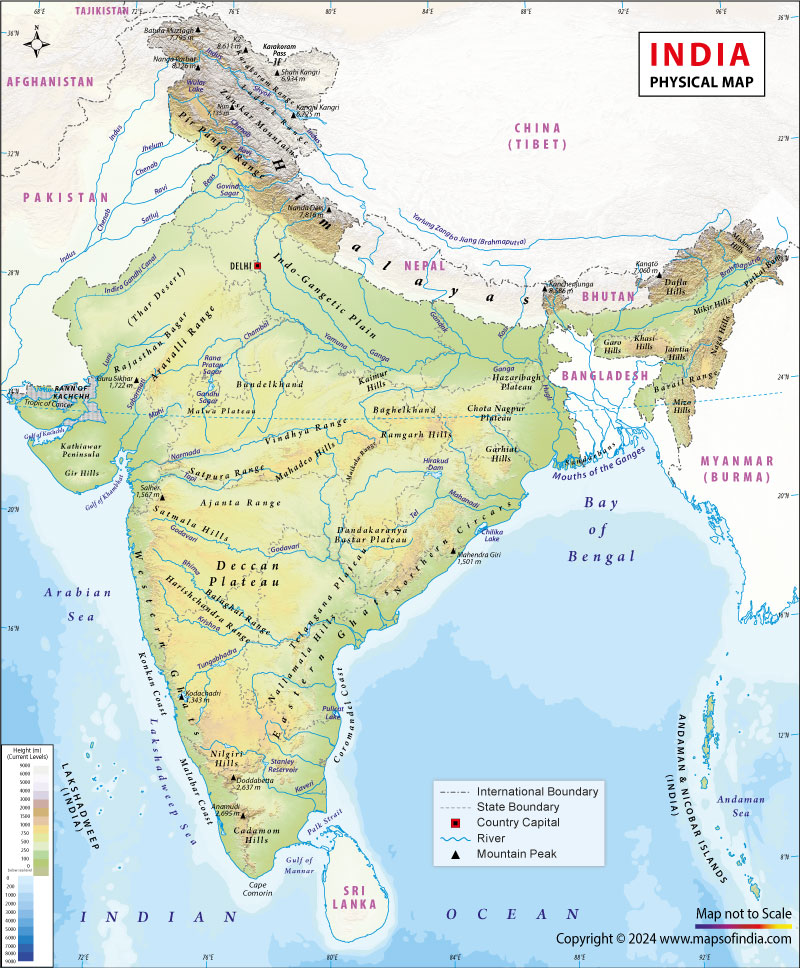
India Map With Rivers And Mountains
Download India map of physical division. Full India map vector illustration Stock Vector and explore similar vectors at Adobe Stock.

Name the major physiographic divisions of india Brainly.in
The Indian mainland's longitude ranges between 8°4′ and 37°6′ north, while its latitude spans from 68°7′ East to 97°25′ East. This configuration results in a longitudinal extension of 2933 km from east to west and a latitudinal stretch of 3214 km from north to south.
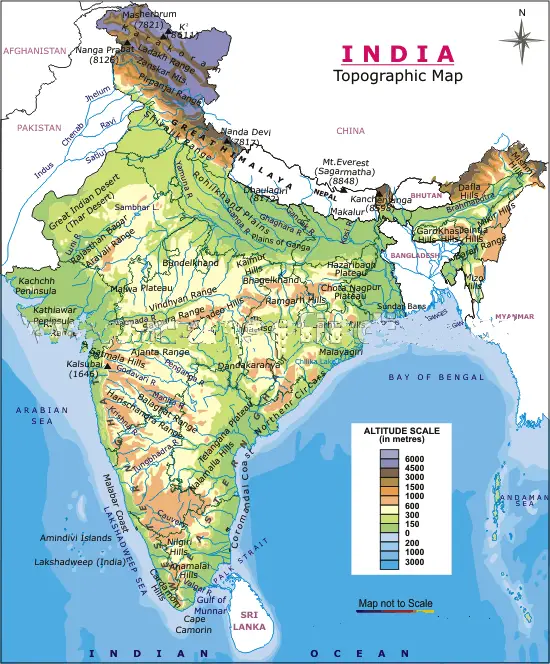
India Physical •
Based on these macro variations, India can be divided into the following physiographic divisions: The Northern and North- Eastern Mountains The Northern Plain The Peninsular Plateau The Indian Desert The Coastal Plains The Islands. Northern Mountains Northern Plain Peninsular Plateau Islands of India Coastal Plains

THE PHYSICAL DIVISIONS OF INDIA
Physical Division of India. India is gifted with a number of physical features like mountains, plateaus, plains, etc. The physical features of India are listed below and can also be seen on the map: [Image will be uploaded soon] Himalayas. These mountains are called young fold mountains which lie in the north.

Main physical Divisions of India.
On the basis of various physiographic traits, India is categorised into six physiographic divisions: Northern and North-eastern Mountain; Northern Plain; Peninsular Plateau; Indian Desert; Coastal Plains; and Islands.
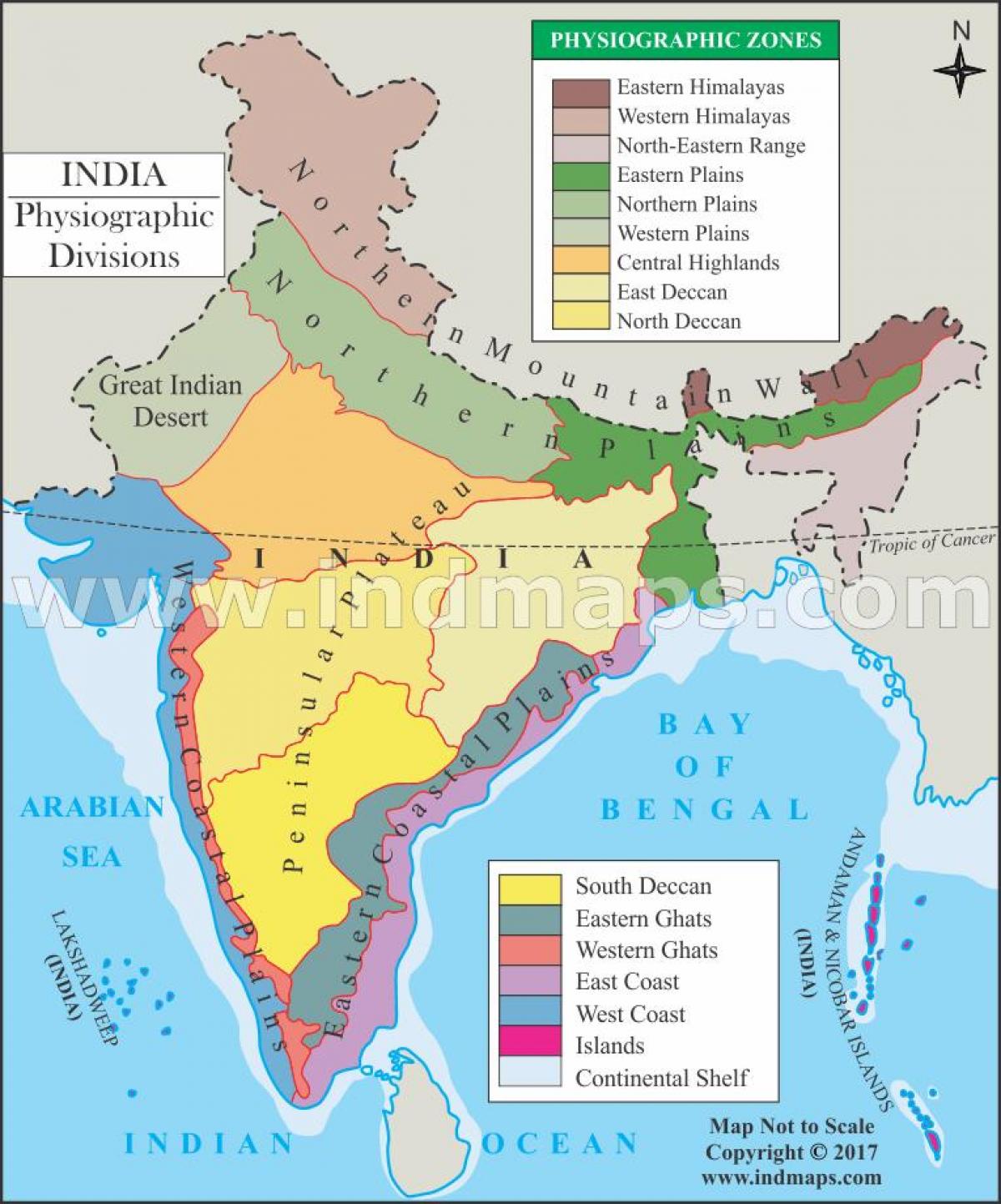
Physical division of India map India physical division map (Southern
India is situated north of the equator between 8°4' north (the mainland) to 37°6' north latitude and 68°7' east to 97°25' east longitude. It is the seventh-largest country in the world, with a total area of 3,287,263 square kilometres (1,269,219 sq mi). India measures 3,214 km (1,997 mi) from north to south and 2,933 km (1,822 mi) from east to west.